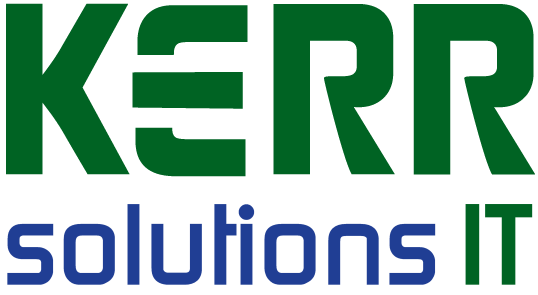22 May, 2010
You have now been on the phone to an internet service provider for the last two hours and you are ready to call the person on the other end of the phone a few choice names and hang up – why? Well two week ago you signed up for an internet connection, paid good money, waited for an apparatus to arrive in the mail and now it just doesn’t work. There is barely a computer on the planet now that doesn’t have a connection to the internet and this same convenience often provides us with most extreme of our frustrations. This frustration is often caused be a lack of understanding by the end user buy it is little wonder give the complexity of the internet connection offerings. Only a few years ago the only way to connect to the internet was using a 56k modem and a phone line (often called dialup) – now this is one of the least used ways. We now have many different connection types all lumped under the term – broadband, so let’s look at a few of these. The most popular is ADSL which again uses your phone line but allows an internet signal to be transferred totally independent of phone calls and fax calls on the same line. ADSL started out at about 4 times the speed of dialup but is now up to 400 times faster! The speed increases are just due to a better implementation of the same technology that still uses a phone line and is now called ADSL2 or ADSL2+. These connections are locked to a particular phone number and therefore if you want a connection at work as well as at home you will need two connections – it is not transportable or easily transferrable to another phone number (this last event takes about a week). Another connection type is 3G wireless broadband – often referred to by brand names such as Next-G (BigPond’s own brand name) which uses the same network as most of our mobile phones. It requires a device with an aerial to plug into your computer and therefore does not need a phone line. This device can be portable and it well suited to laptops. Signal coverage is the same as the coverage that you get with your phone and connection speeds are constantly raising to the point where it is already around 100 times quicker than dialup. This is not to be confused with wireless networking which is a “wireless” connection between devices in close proximity, such as in your own home. You can use wireless networking to connect your home PC without cables to a “black box” device sitting elsewhere in your house which is in turn receiving a wireless broadband signal to connect you to the internet – if you can follow this well done. Satellite is another form of broadband that we only recommend when you are out of town and also have trouble with mobile phone coverage – again it is not a portable connection technology. If you are in any doubt see an IT specialist before you sign up to a connection plan which may not be suitable. Kerr Solutions is at 128 Musgrave Street & is contactable on 49 222 400.

